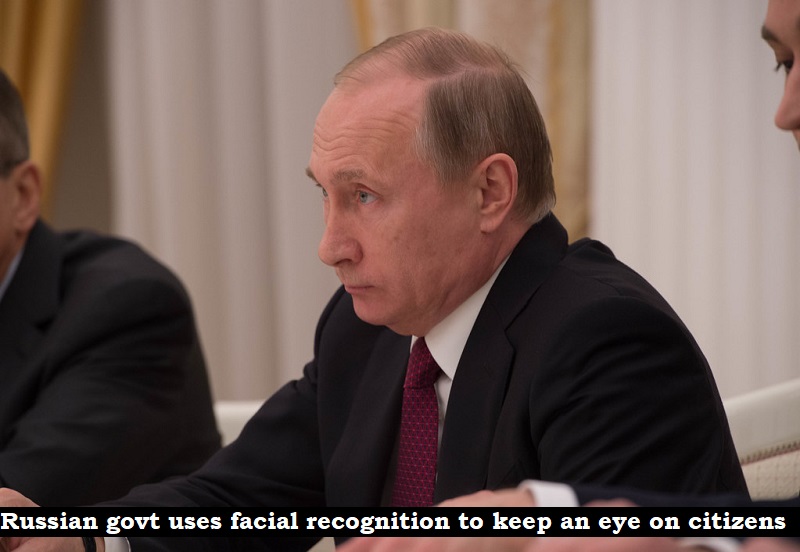
Alexander Zharov, a 32-year-old civil rights activist, was stopped by police officers in a Moscow metro station on August 22, 2022. They informed him that he was on a wanted list and took him away. Zharov had been previously fined and jailed for protesting and had also been detained twice before at the same metro station. He shared a video of the incident with Reuters, expressing his fear that the metro had become a dangerous place and a potential site for detention. To avoid further attention from the police, Zharov moved to Germany via Kazakhstan.
Facial recognition technology has been used by the Russian government to monitor its citizens, with Moscow boasting one of the world’s largest video surveillance networks, consisting of over 160,000 cameras, including more than 3,000 connected to a facial recognition system. A Reuters review of over 2,000 court cases shows that these cameras have been instrumental in the arrests of hundreds of protesters, mostly detained in 2021 for participating in anti-government demonstrations. However, since the invasion of Ukraine by Russia in February 2022, facial recognition technology is being used as a preventive measure to prevent protests, leading to the arrest of the Kremlin’s opponents.
Western technology has aided this crackdown, with algorithms produced by a Belarusian company and three Russian firms powering Moscow’s facial recognition system. At least three of these companies have used chips from U.S. firms Nvidia Corp or Intel Corp, along with their algorithms. Reuters found that these Russian and Belarusian companies have also participated in a U.S. facial recognition test program run by an offshoot of the Department of Commerce, with one firm receiving $40,000 in prize money awarded by a U.S. intelligence agency.
In interviews conducted by Reuters with 29 people stopped by police in Moscow metro stations, all but one said they were flagged for detention by facial recognition. Sergei Pinchuk, a 27-year-old courier, was approached by a police officer seconds after he entered the Moscow metro on May 9. The officer had an electronic device with about ten photos of Pinchuk, all seemingly taken by metro security cameras on different dates. Pinchuk had stood alone in front of the Kremlin building holding a sign with the words “353 Criminal Code of Russia. Stop Putin” a month prior, referencing a Russian law that punishes waging an aggressive war with up to 20 years in prison. He was arrested, charged and fined for the protest. Pinchuk and his friend climbed a cell tower in Naro-Fominsk in mid-August and placed a Ukrainian flag at the top. When the police went to his home looking for him the next day, Pinchuk fled to the United States seeking asylum.
These incidents highlight the dangers of using facial recognition technology for surveillance purposes and the potential for it to be used to violate human rights. The use of such technology should be regulated and monitored to prevent abuses by governments and ensure the protection of citizens’ rights.

Post Your Comments